How to save the harvest from cabbage moth caterpillars?
The main enemy of plants from the cruciferous family, without the beds with which it is impossible to imagine any garden, is the cabbage moth. Despite all its fragility and defenselessness, this butterfly annually causes a lot of trouble for summer residents. Fighting her voracious offspring in the garden often turns into an exhausting marathon, in which knowledge about the habits and lifestyle of the pest is needed to win.
Features of life
Most of the representatives of the family of moths, including cabbage, have a discreet appearance. It greatly facilitates the life of the pest, successfully hiding it from natural enemies and allowing it to multiply unhindered. Summer residents rarely manage to notice this butterfly on rapeseed, radish or cabbage in time: with folded wings it cannot be distinguished from a small twig or straw. The insect has 2 pairs of them. The length of the front ones is on average 8 mm, they are brown and covered with bizarre patterns of dark dots and lines and light - grayish or yellowish - spots. The hindwings have a calmer coloration. They are gray with brownish veins. They are bordered by a thick and long fringe.
The considerable distances for the cabbage moth are insurmountable. Her weak wings prevent her from flying far from the place where she emerged from the chrysalis. The pest is quite prolific. During a short (about 30 days) life, a female can lay more than 1.5 hundred eggs. Tiny (only 0.4 mm long) greenish grains are located on the petioles and on the underside of the leaves. The clutches themselves are small - they contain only 2-4 eggs, but the butterfly makes them for 10-20 days. Already after 3 days, a cabbage moth caterpillar emerges from them - a small (up to 1.2 cm) worm-like larva.
In this stage, the insect exists for about 2 weeks, after which it pupates. It will take another 2 weeks, and a young butterfly will be born. Mass emergence of the cabbage moth begins in mid-spring and lasts until June. Under favorable weather conditions, 6 generations of insects can hatch from the eggs per year, so you have to fight them in regions with a warm climate even in September. Butterflies become most active in the late afternoon. Adults like plant nectar, and caterpillars feed on their leaves. In addition to cabbage, insects can be seen on rapeseed, mustard, turnips, rutabagas, radishes, radishes.
The pest is thermophilic. For adults and insect eggs, temperatures below 8 ° C are destructive. The cabbage moth caterpillar can withstand harsher conditions. It dies at 5 ° C. But the cold doesn't kill pupae. When the thermometer drops to 9 ° C, their development will stop to resume in the spring, with the arrival of stable heat.
Signs of infection and its prevention
The trouble for summer residents is the cabbage moth caterpillar. At the initial stages of their development, the larvae live inside the head of cabbage, gnawing many passages in it and reducing its keeping quality. In order not to lose vegetables affected by insects, they are processed immediately after cutting. In the worst case, you will not be able to wait for the harvest: only 2 caterpillars are quite capable of destroying a ripening head of cabbage. As a result of their vital activity, its growth will slow down, and then completely stop. The top leaves will start to turn yellow and the inside of the vegetable will rot.
The caterpillar of the cabbage moth is most active in hot weather. She loves to feast on the most delicate parts of the plant - buds and ovaries. After destroying them, the larvae will take up adult leaves. They will not be able to completely eat them, but they will riddle them with numerous holes.Due to damage and impaired metabolism, the leaves will weaken, become more susceptible to adverse factors (sunlight) and dry out quickly.
For the wintering of the pest, cabbage stumps and leaves that have not been removed from the garden are ideal. If insects do not find them, they will settle on the weeds. In anticipation of cold weather, caterpillars pupate on a rape, a shepherd's bag, or on rape (its wild species). Therefore, the fight against cabbage moth begins with autumn harvesting in the garden. All plant residues must be destroyed. You can plow or dig deep into the area where the cabbage beds were located, without breaking large clods of earth. Pupae overwinter in the soil, but the butterflies that hatch from them cannot get out of it.
Maintain a clean garden and throughout the season, regularly getting rid of weeds. This is especially important at the beginning of spring. Overwintered butterflies fly out when the air warms up to 10 ° C. Since at this time there are no cultivated plants on the site (or they are few), they lay on weeds. By removing the ability of insects to reproduce, the chances of preventing caterpillar infestations are increased.
Advice
An important element of prevention is crop rotation. Representatives of the cruciferous family are returned to the former site only after 2-3 years. Violation of this rule leads to depletion of the soil, the accumulation of diseases in it, and the appearance of pests.
If it was not possible to avoid infection, the plants are sprayed with a mixture of two components:
- superphosphate;
- potassium chloride.
Thanks to foliar feeding, they will tolerate the invasion of caterpillars less painfully. The procedure is carried out twice: immediately after the detection of the pest clutches and 20 days after the first spraying.
Chemical and bacterial protection
If the plants have been invaded by the cabbage moth, the control measures must be comprehensive. Professionals recommend going to last resort - using insecticides when more than 1 plant in 10 is damaged by caterpillars. But insects quickly develop immunity to chemicals. Therefore, there is a need for frequent replacement of insecticides. The alternation of chemical and folk methods for the destruction of cabbage moth will help to save the harvest. Better yet, combine them with biological and mechanical pest control.
When applying chemicals, several rules are followed.
- Every year a drug with a new active ingredient is used.
- If the insect population has not died, the insecticide is changed.
- The manufacturer's instructions regarding the dosage of the drug and the timing of its use are strictly observed. Due to the toxicity of the chemicals, it is not possible to harvest immediately after processing the plants. It takes some time for vegetables to become safe for humans (usually about 4 weeks).
- Plants are processed in dry weather and in the evening.
- Spraying is carried out in protective equipment (rubber gloves and a raincoat, respirator). After completing the work, wash your hands thoroughly.
In the fight against the pest, the following drugs have proven themselves well:
- Actellik;
- "Ambush";
- Nurell;
- Kinmix;
- "Talkord";
- "Decis";
- "Lepidocide";
- "Bitoxibacillin";
- "Bactospein";
- "Dipel";
- "Entobacterin";
- Gomelin;
- "Dendrobacillin".
These insecticides can be divided into 2 groups: chemical and microbiological. The action of the latter is based on the infection of insects with pathogenic bacteria and toxins. As a result of their application, the caterpillar of the cabbage moth loses its mobility, stops feeding and dies from the disease after 1-3 days. The advantages of such preparations are their safety for humans, animals, beneficial insects and a long (2 weeks) protective effect. It is advisable to use them at temperatures above 16 ° C, when the larvae are actively feeding.
The peculiarity of chemical preparations is their narrowly targeted action. They do not kill adult caterpillars and pupae.Therefore, in late spring-mid-summer, when insects are already present on the plants at all stages of development, chemical control of them involves at least 2 treatments.
Advice
Sodium fluorosilicate will help get rid of cabbage moth. After dissolving 75-100 g of powder in 10 liters of water, the affected plants are sprayed with a poisonous composition.
Folk remedies
To protect cabbage beds from insects, our ancestors used herbal infusions. Smells scare off butterflies:
- celandine;
- wormwood;
- lavender.
Of all the plants, the most unpleasant for the cabbage moth is tobacco. If you plant his bushes around the perimeter of the garden, you can not be afraid of the invasion of insects. Tobacco is also used to drive away pests from cabbage. Its dry leaves (1 glass) are poured with boiling water (5 l). When the agent has cooled, it is sprayed with the affected plants and the ground around them. This recipe is useful for making infusions of orange and tangerine peels, lavender, celandine and wormwood.
Effective against pests and a decoction of tomato tops. Put 2 kg of fresh plant materials into the container, pour 5 liters of water and put it on the stove. Bringing the product to a boil, keep it on low heat for another 30 minutes. The cooled and infused broth is filtered. Before use, a small piece (60 g) of laundry soap is dissolved in it. This will be easier to do if you grind it beforehand. After diluting the product with clean water (1: 3) and stirring thoroughly, the plants are treated with it. The broth will destroy the caterpillars of the cabbage moth and scoops, as well as the white turnip.
A dandelion is useful in the fight against insects. Grinding 0.5 kg of its leaves and crushing the resulting mass until the juice is released, add water (10 l) and liquid soap (1 tbsp. L) to it and leave for 3 hours. Plants are sprayed with the strained composition, spending 1 liter for each 1 m² of the garden and trying to get the liquid on the underside of the leaves.
An effective pest control is obtained from a mixture of spices:
- mustard (2 tbsp. l.);
- table salt (2 tbsp. l.);
- red pepper (1 tsp);
- black pepper (1 tsp).
It is bred in water. A well-mixed composition is used for watering and spraying plants affected by insects.
The cabbage moth caterpillar is afraid of wood ash. Pour 2 cups of fertilizer with 10 liters of water, put a little (60-70 g) of laundry soap into the solution. Thanks to him, the product adheres better to the leaves, forming a protective film on them.
Biological weapons
Folk remedies for cabbage moths are easy to prepare, effective and safe. They have only one drawback - the need for numerous repeated treatments. So that the fight against a pest does not take up a lot of energy, you can attract its natural enemies as allies. The cabbage moth caterpillar is a welcome prey for small birds, frogs, toads and lizards.
The pest also has enemies among insects. Of these, the most dangerous parasites are parasites, whose larvae mature in an egg or in the body of a caterpillar. These include:
- nitobia;
- apanteles;
- diadromus;
- trichogramma.
These beneficial insects are attracted by herbs: dill, mustard, parsley, cilantro, watercress, carrots and clover. It is enough to sow the plants next to the beds, and the riders who have settled on them will not allow the cabbage moth population to multiply.
Mechanical pest control makes sense in the early stages of infection. With the arrival of warmth, when the activity of butterflies increases, the plants in the beds are carefully examined. It is advisable to do this every evening. Leaves with clutches are cut off and destroyed. Do the same with young caterpillars.
In an adult state, individuals of the cabbage moth do not harm plants, but their larvae are quite capable of depriving the summer resident of the harvest. Getting rid of insects is not easy. Their survival is ensured by their inconspicuous appearance, reproduction rate and the ability to adapt to poisons. It complicates the life of a summer resident and the need to use different drugs against caterpillars and adult butterflies. How successful insect control will be depends on a number of factors.Among them are the timeliness of protective measures, a competent approach to the choice of means for destroying the pest, constant monitoring of the state of plants after treatment.
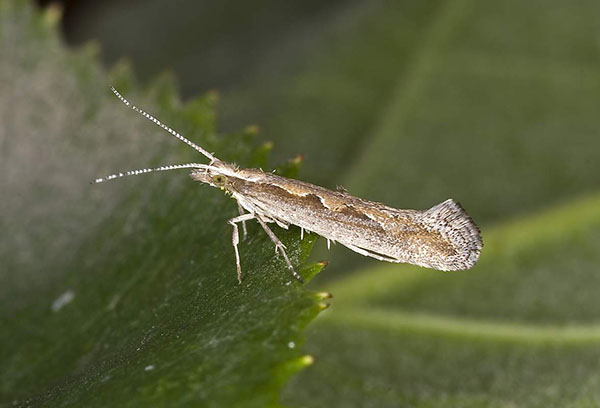
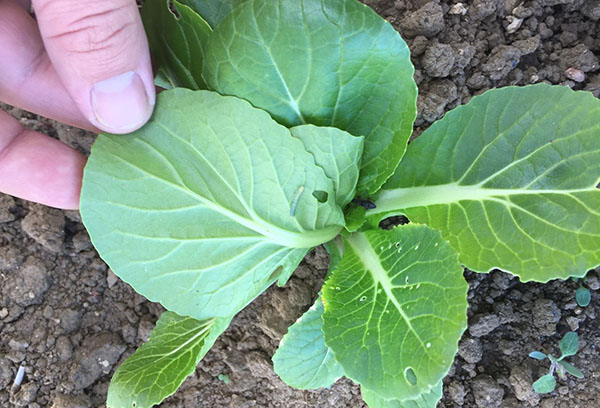
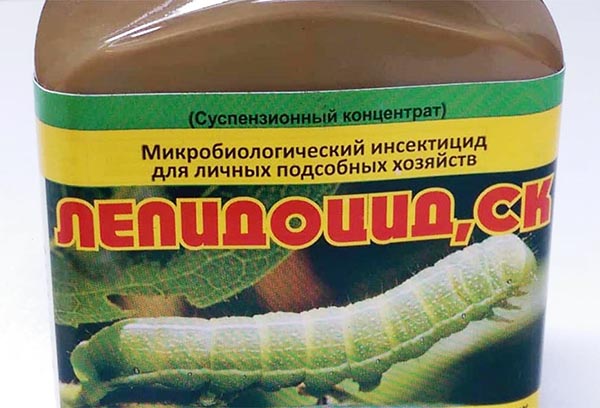
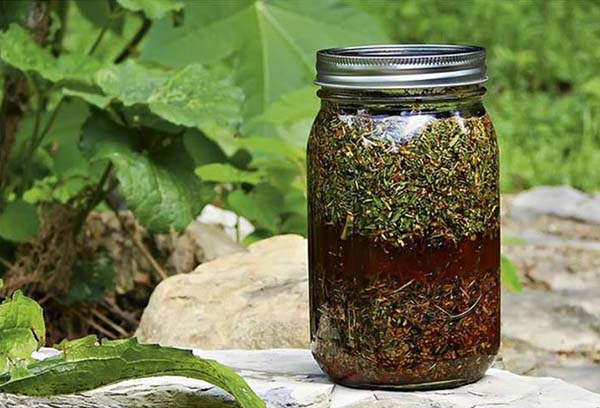
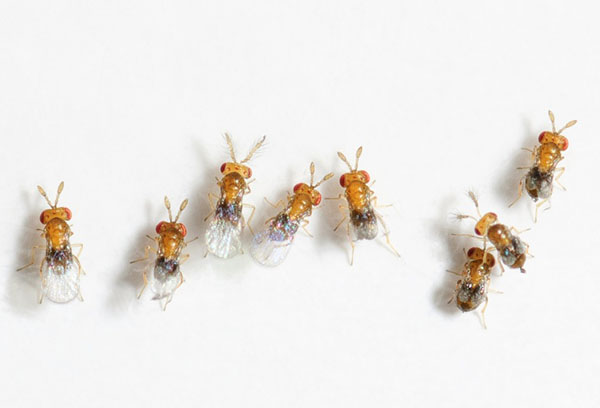
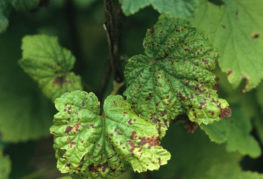
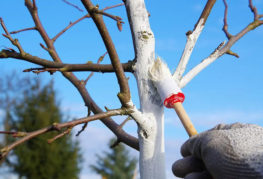
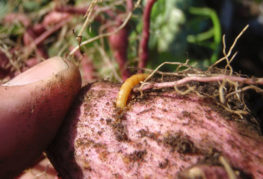
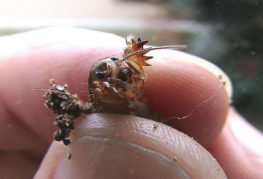
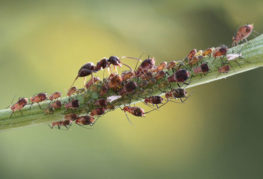
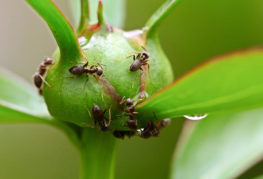
and will be published shortly.